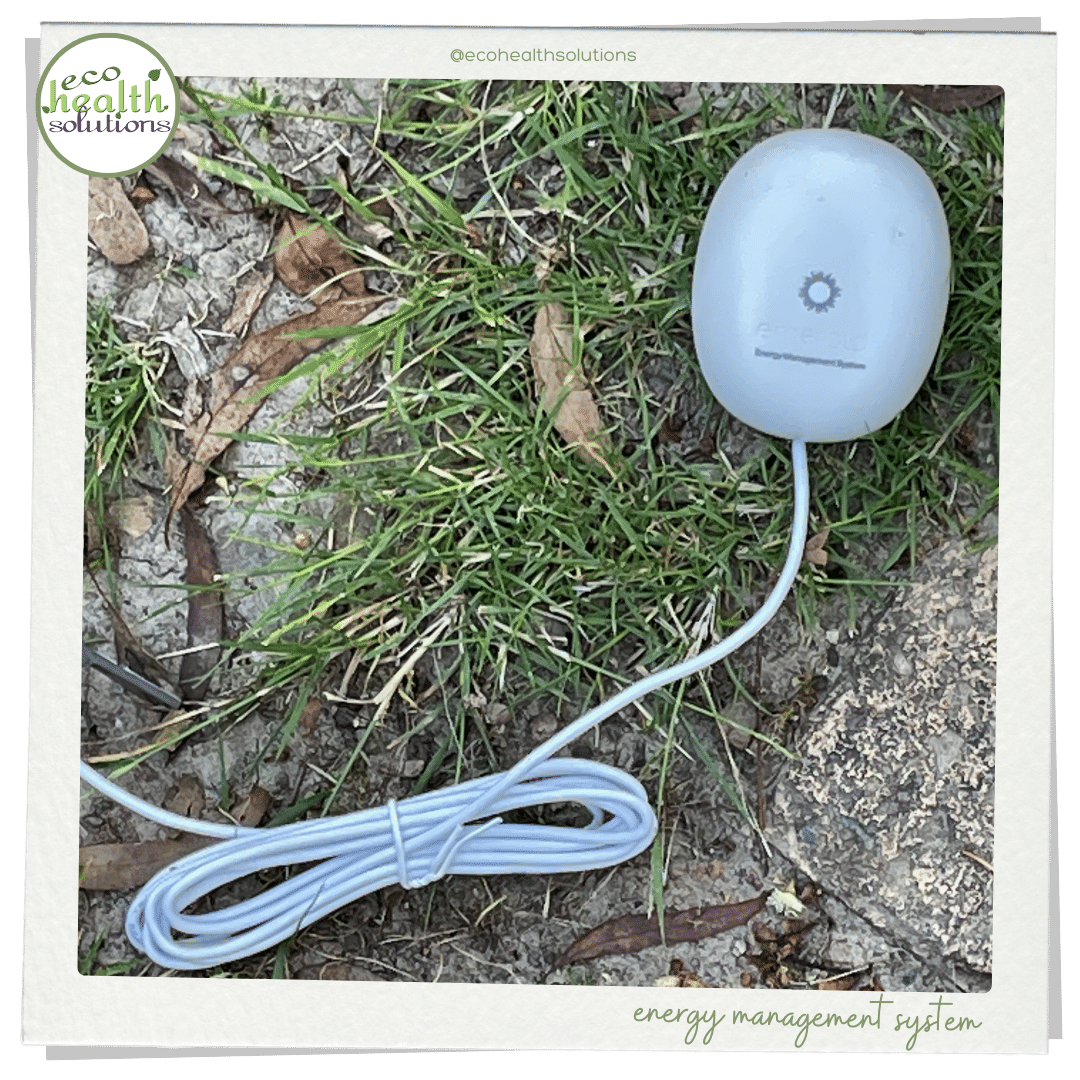Electromagnetic Energy Can Affect Your Health
Electromagnetic energy (EME), also known as electromagnetic fields (EMF), emanates from wired sources and radiates from wireless devices.
It is a very ubiquitous environmental stressor that very few homes are free from.
From the hundreds of assessments of homes and workplaces that I’ve conducted over the last decade, I’ve seen again and again similar symptoms in people who are exposed to high levels of radiofrequency (RF) EME.
These symptoms include:
- Disturbed sleep, with an inability to fall into a deep restful sleep
- Busy dreams
- Waking unrefreshed
- Non-stop thoughts, I had a 6 year old once tell me that it felt like she couldn’t turn her brain off
- A sense of buzzing similar to feeling caffeinated
- Agitation and stress
- Anger and sometimes rages
- Feeling frustrated and irritable
- Difficulty concentrating
- Grinding teeth (bruxism)
- Ringing in the ears (tinnitus)
And what I wanted to share with you today is based on the occupants experiencing many of these symptoms in their new home.
More importantly, the reason for sharing is because the source was so surprising.
Surprising Sources
I recently conducted an assessment for my clients in the home that they were just moving into.
Being out of the city, I was expecting lower readings than what I see particularly in inner city homes.
However, apart from one source, the levels of the different types of electromagnetic energy (EME) were incredibly low – and very close to natural levels.
ELF AC electric fields, we aim for below 0.3 V/m. This place was around 0.1 V/m.
ELF AC magnetic fields 2, we aim for below 2.0 mG. This place was close to 0.0 mG throughout.
RF EME, we aim for below 10 µW/m2. This place was below 2 µW/m2. This place almost everywhere was below 2 µW/m2… but there were levels well over 100 µW/m2 in the bedroom.
High Frequency Transient Spikes (aka “Dirty Electricity”) we’re aiming for below 100 mV. This place sat between 20-40 mV.
So it intrigued me as to the source of the sleep issues they were experiencing from the very first night they spent there.
Outside their bedroom was the meter box and switchboard. The meter was a smart meter, so no surprises there… but the readings I got, and the pattern of spikes did not match what I’d expect from a smart meter.
Lo and behold, in the meter box was also something else!
It looked almost like a white computer mouse and was attached to the front of the meter and was sitting on the metal wall of the meter box.
It was an energy management system.
This is what it looks like:

They are designed to send information to an app on your phone so you can manage your energy usage.
Have you got one?
Electromagnetic Energy Findings from the Energy Management System
In this video, you can see the lovely low background levels.
The readings I got were really interesting. I recorded them for you to see and hear.
Every few seconds, you’ll hear a sound that is a bit like a metronome or clock ticking, that is the sound coming through the meter of the EME that it is detecting.
In these videos, you can see how high the readings were…
And it isn’t even connected to anything!
What is Happening?
Whilst taking the readings, as you can see, the energy management system is not connected to anything.
When it was installed in the meter box, it was stuck on with double-sided sticky tape.
And that is normal – they are simply stuck on the meter.
They are then meant to be connected to an app on your smartphone via Bluetooth connectivity.
Whether or not a phone is connected to it, as you can see, it is continuously emitting RF EME every few seconds.
What Can You Do?
Check your meter box and remove the energy management system installed, if you’ve got one.
It may not look exactly the same as the one I’ve shown you here, so be sure to check carefully.
If you’re in any doubt about what it is, take a photo of it and ask your electricity supplier.You can share it in our Facebook group.
If you’re interested in finding out more about shielding your smart meter, check out this guide here.
What Was the End Result?
With the energy management system gone, I reassessed and found that every 5-10 minutes, there was a spike in RF readings. This was coming from the smart meter.
We installed shielding (shielding paint) and I measured the levels again – and the levels dropped down to what the rest of the place was – incredibly low levels around 2 µW/m2.
And, I’m happy to report that my clients are now sleeping well.
Are you already familiar with EMF/EME?
I’ve put together this Healthy Home Guide which focuses on the little known sources of EMF/EME.
You can download it for FREE here.











